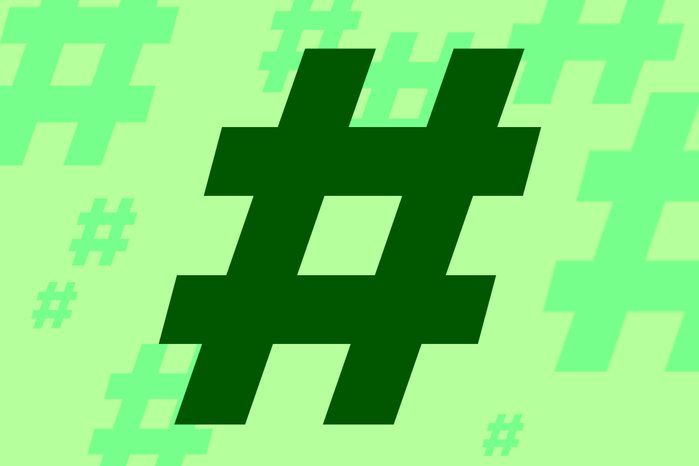
# has a name you’d never guess
Depending on when you were born, you probably know the # symbol as either a pound sign, number sign, or for the Twitter junkies among us, a hashtag. Turns out, none of those names are right: According to an engineer at Bell Labs (formerly part of AT&T), which made the symbol mainstream via its touch-tone telephones in 1968, that little hex is called an octothorpe. The octo logically describes the symbol’s eight points. As for the thorpe, some theories say it comes from the Old English word for village (thorp), referencing the hex’s appearance of eight little fields surrounding a central square; others say the Bell researchers were just really big fans of the late Olympian Jim Thorpe, and needed a cool-sounding syllable to finish their new word. #TheMoreYouKnow Maybe we should add the octothorpe to this list of 12 secret punctuation marks we should all start using.
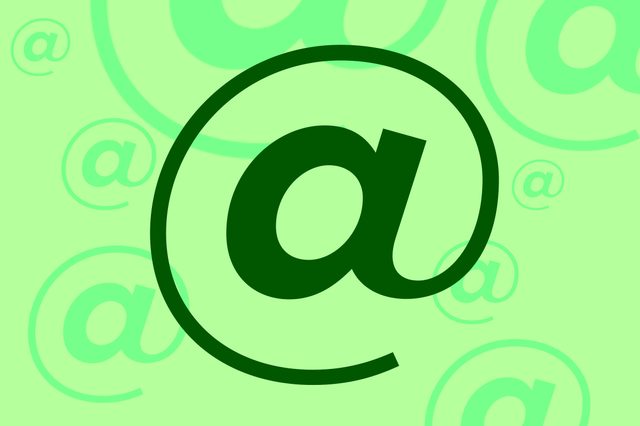
@ has hilarious names around the world
A Dutchman calls it the monkey’s tail, an Israeli insists it’s a strudel. They aren’t bantering about some new simian-themed bakery; they’re just describing the @. Though shorthand use of the @ dates back to the 16th century, it took English speakers a remarkably long time to settle on a name. Today, we know it as the “at mark” or “commercial at” and are accustomed to seeing it in e-mail addresses. Meanwhile, the rest of the world was inventing brilliant descriptors, like the “little dog” (Russian), the “small snail” (Italian), and the straight-up “crazy A” (Bosnian). It gets way worse, of course—just check out these foreign signs with hilariously bad translations.
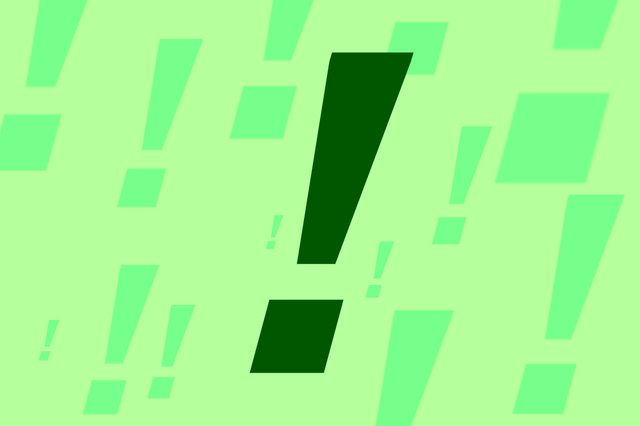
! was a big pain to type
Though the exclamation point has helped express strong sentiments on paper since the 15th century, this upstanding punctuation mark didn’t get its own dedicated typewriter key until the 1970s. Before then, typists who wanted to use interjections in their work had to type a period, then backspace and type an apostrophe atop it. Secretarial manuals of the ’50s called this Franken-symbol a bang—not to be confused with an interrobang, which is an exclamation point overlapping with a question mark to indicate incredulity. Can you believe we stopped using this ‽
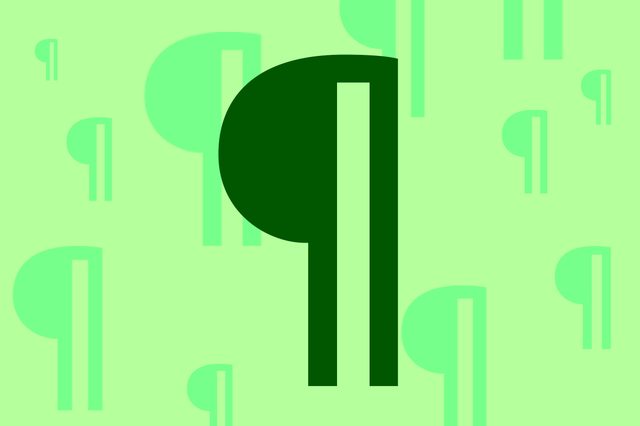
¶ was a work of art, before it turned invisible
Before printed type, the paragraph mark (or pilcrow) was not only essential punctuation but also a Medieval style icon. In the Middle Ages, there were no standards for indenting paragraphs or using line breaks to indicate a change in topic; instead, every new paragraph was denoted by an elaborate, colorful ¶ (even if it fell in the middle of a line). These pilcrows were ornately drawn in red ink by specially-trained scribes called rubricators (from the Latin “rubricāre”: to color red), often added at the very end of a manuscript’s construction. If a rubricator was on deadline, he might choose to skip drawing the laborious pilcrows altogether—which is why, hundreds of years later, they have all but vanished from the page.
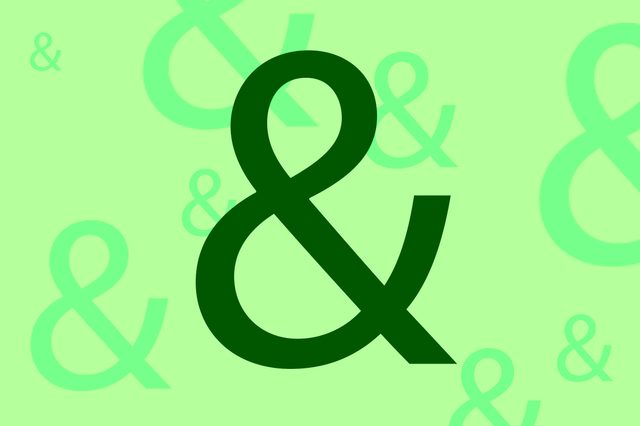
& has a more complex meaning than you think
You know when you see an & symbol (or ampersand) to pronounce it like the word and, but the word and symbol aren’t always interchangeable. The & symbol can denote a cozier relationship between two things. For example, have you noticed in movie credits that sometimes two names will be joined with an & and others with the word and? That’s because the Writers Guild of America uses the & symbol to say two writers collaborated directly with one another, while the word and means the writers worked on the script individually, at separate times. & that’s a wrap.

The full stop used to fly
The period—or “full stop” as it’s known in much of the UK—has been around since the 3rd century BC, though today it’s much more down to earth than it used to be. No, literally… the original Greek symbol for the full stop used to hover at the top of the line instead of resting on the bottom of the line as we see it today. And while the meaning of the full stop has remained pretty much unchanged for 2,300 years (it marks the end of a thought), modern texting technology may finally shake the steadfast period’s confidence. A 2016 study from Binghamton University found that text messages concluded with a period were perceived as insincere compared to messages without any terminal punctuation at all.
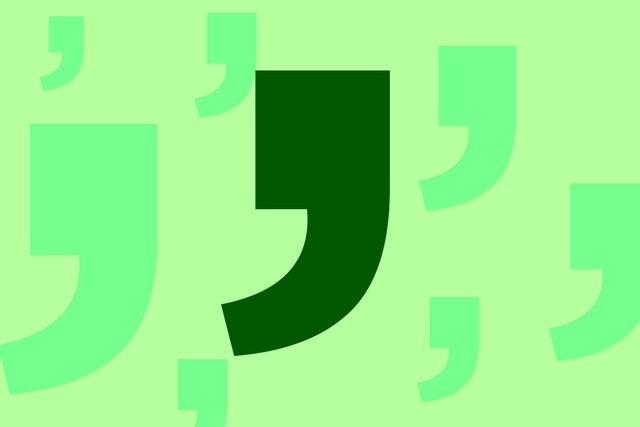
The comma can cost you millions
As best as we know, the idea for the comma and the full stop were invented by the same man—Aristophanes of Byzantium—and for the same purpose—to show actors how individual passages of text should be read. Originally taking the form of a dot floating in the middle of a line of text, the comma was meant to show orators when to take a pause to breathe while they read aloud. While still one of the most-used punctuation marks in English today, the comma can now also call itself the most expensive. A misplaced comma in one Lockheed Martin contract gave a customer overgenerous terms that ended up costing the company $70 million. Similarly, last year, a Portland, Maine, overtime lawsuit hinged on a missing Oxford comma in an employer’s contract—costing the company a loss of $10 million. Think this is baffling? This is how confusing life would be without punctuation.
Sources: smithsonianmag.com, Mental Floss, the Guardian and Shady Characters by Keith Houston (W.W. Norton)